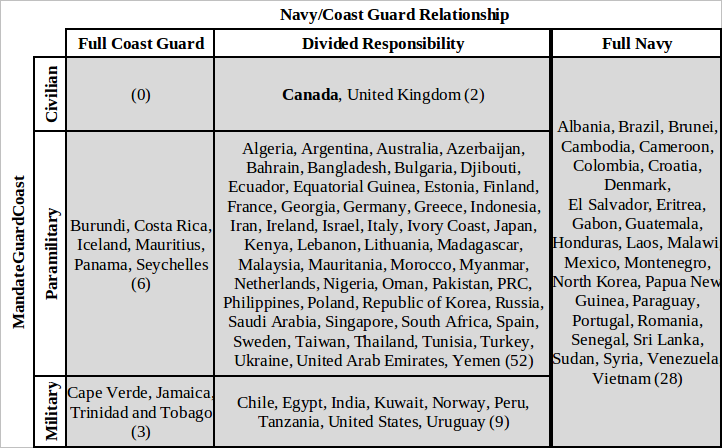[12 April 2007] Paul Kennedy’s article, “To Rule the Waves: the Rise and Fall of Navies,” is ‘crying wolf’ by only addressing the question of declining numbers of destroyers and frigates in the Royal Navy. The bigger picture tells a much different story. In fact, the RN is in the process of changing from an instrument of the Cold War to one better suited to whatever we are going to call this era of a ‘new security environment’. The focus of operations is no longer on the Central North Atlantic and the Norwegian Sea, but on disparate littoral zones the world over. The RN (and many other navies besides), are quickly abandoning the comfortable status-quo of the past five decades and are embarking upon changes that some are calling transformational. In reality, it is the result of several national policy decisions that are directing less emphasis on the naval function of trade warfare and more towards the function of power projection.
These force structure revisions are reinforcing some of the most timeless lessons in the strategy and operational concepts of naval warfare. First, naval warfare has included organic airpower since the first days of flight. However, the Cold War formal alliances that allowed reliance on other contributing members to bring the ‘missing pieces’ of the naval task force are not always the case in coalition operations, so serious participants in contemporary operations must have their own naval air assets to assure critical tasks are satisfied according to national priorities. Second, naval power can take a long time to produce strategic and operational effects, so operational logistic support is vital to both tactical effectiveness and the attainment of higher level effects. Third, naval combat is a violent and attrition-based form of warfare. The obvious trend towards increasing ranges and improving accuracy in naval weapon systems (whether fired and/or controlled from ashore) places a premium on information that enables the first application of firepower, and upon the command and control systems that translate combat potential into actual effectiveness.
So, the RN is doing exactly what many other European and Asian nations are doing. They are building a few very large combatants that have long-range sensors and weapons that can project naval power into the littoral zone and over the adjacent land mass (aircraft, missiles, guns, marines). They are ensuring that they have sophisticated command and control systems so that only their people will make the critical and time-sensitive decisions that will dictate events. They are reducing the number of medium-sized platforms that were used to perform to open-ocean tasks. They are increasing the numbers of small craft and Special Forces units that will be employed in coastal and riverine warfare. They are increasing the number of remotely piloted air, surface and subsurface craft that will be used to extend the network of sensors needed to provide situational awareness in crowded and complicated littoral areas. What they are not doing, with the possible exception of the USN, is increasing the logistical support forces that will be so vital in making all of these operations a feasible proposition in the long run.


